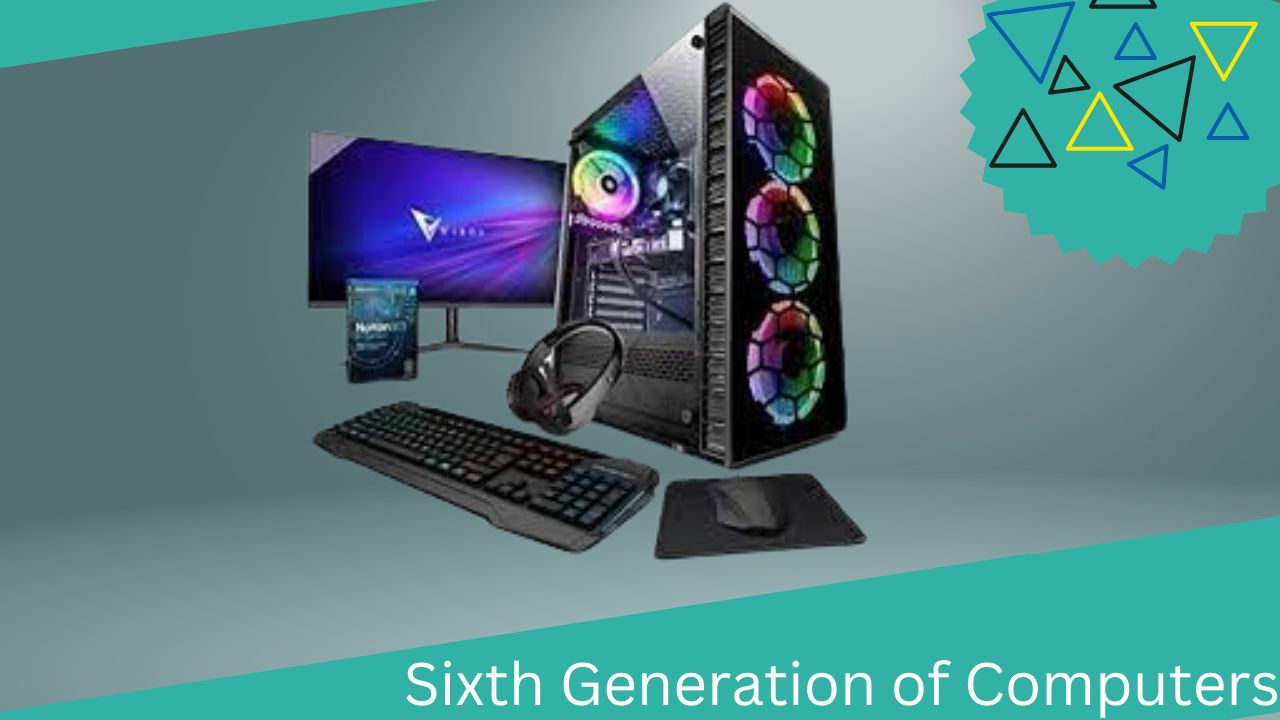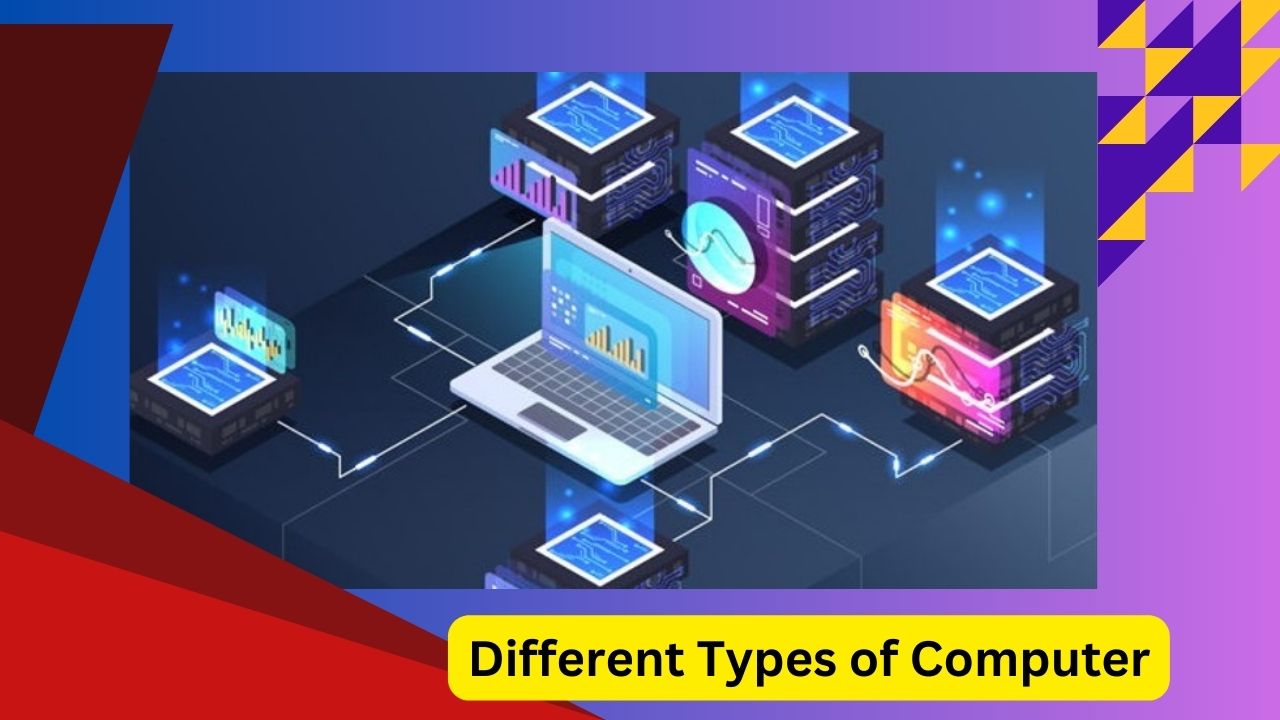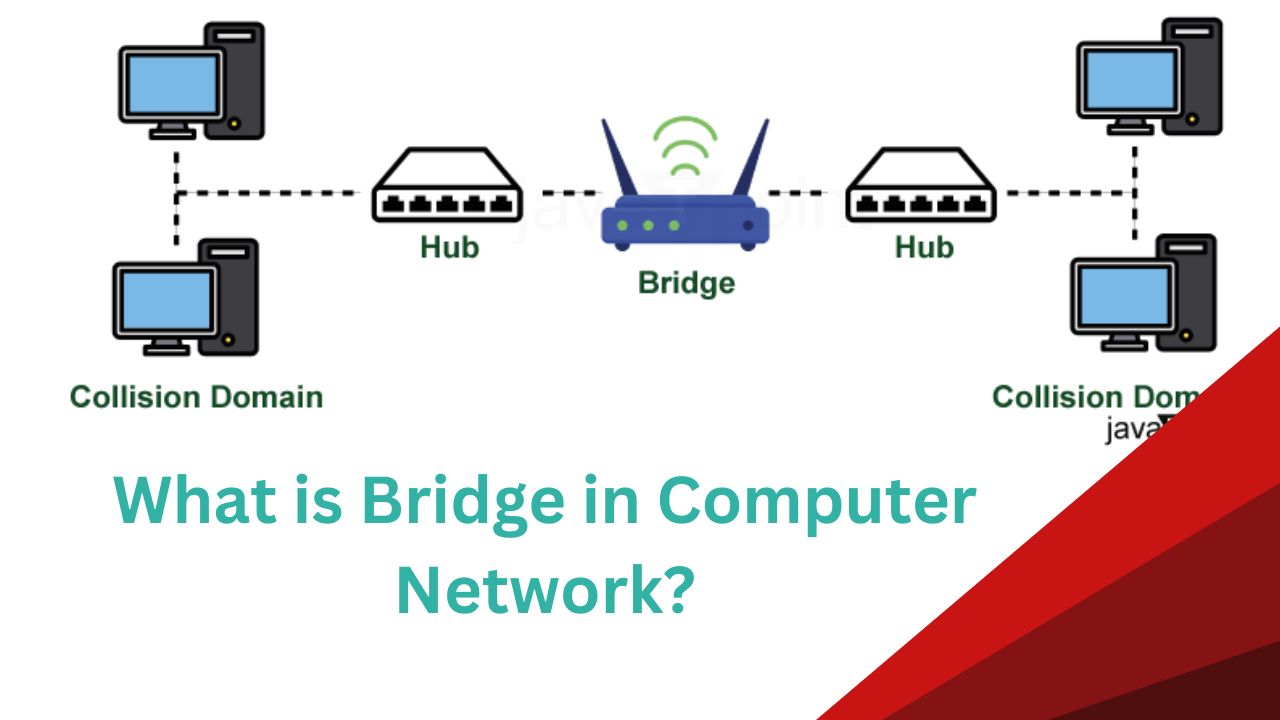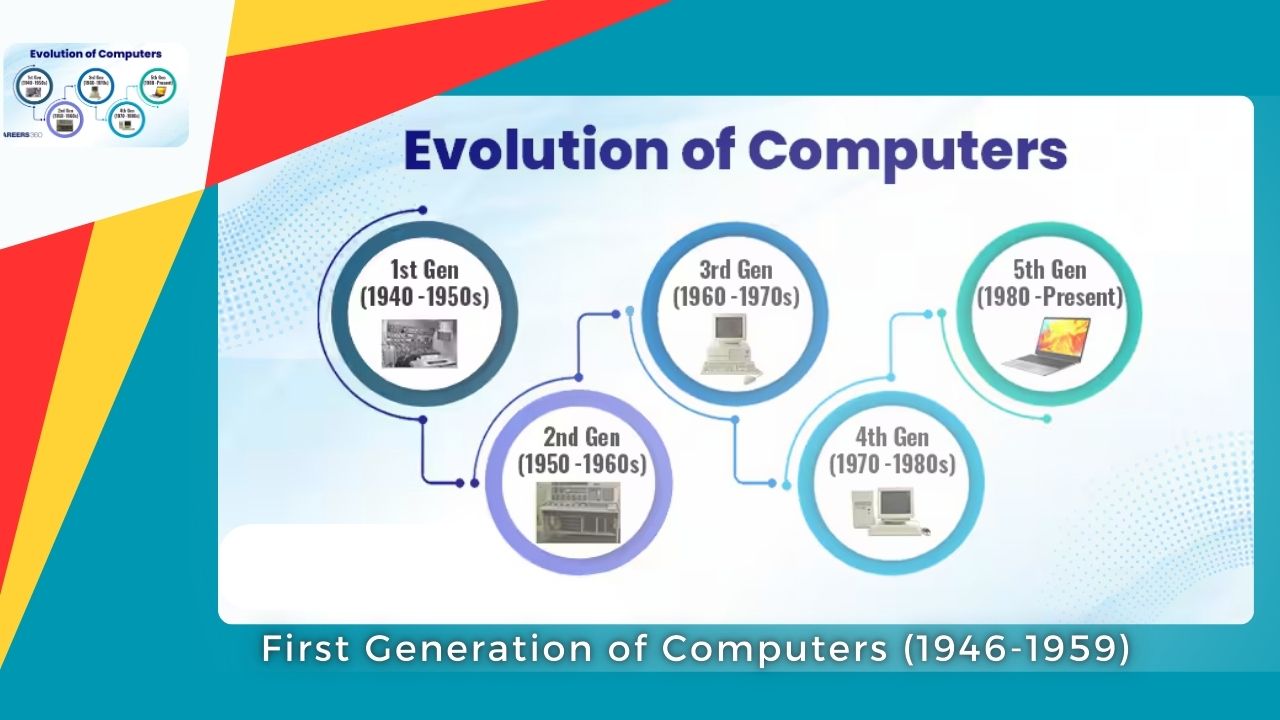From 2000 to present day, computers have gone through a significant evolution resulting in the most advanced stage of computer technology known as the sixth generation of computers. This generation boasts faster speeds, greater power and increased efficiency due to UULSI technology that enabled microprocessor chips with up to ten million parts.
To achieve these feats, cutting-edge technologies such as artificial intelligence, nanotechnology and quantum computing were utilized by the sixth generation of computers. The arrival of the sixth generation heralds a new era of computing that is poised to revolutionize how we live and work.
What is a sixth generation of computers?
The sixth generation of computers is the rearmost and most advanced stage of computer technology. The sixth generation of computers started around the time 2000 and is still ongoing. Some people still consider us to be in the fifth generation, as AI is still evolving and developing.
Quantum computing and nanotechnology are implicit campaigners for the sixth generation computer, but they’re still in the early stages of development and need further work before they can be extensively used.
Intelligent computers are one of the most important features of the sixth generation of computers. They use Artificial Intelligence and Neural Networks, which allow them to learn and improve over time, thus making the sixth generation more effective. Another major development is the growth of Wide Area Networking (WAN), which enables computers to communicate with each other across long distance.
Natural Language Processing is another important aspect of Artificial Intelligence vital to the sixth generation. NLP technology helps computers to understand and interpret mortal (Human) language. This is important for developing computer programs that can communicate with people more effectively.
The sixth generation of computers may introduce new ways of interacting with computers, such as using only voice commands or AR, VR or MR technology. The sixth generation of computers is a promising era, set to revolutionize our work. Here are the examples of sixth generation:
- IBM Quantum Computer (2020): A quantum computer utilizing quantum bits (qubits) to solve complex problems faster.
- Google Quantum AI (2021): A quantum computing system designed for AI research and solving computational challenges.
- Apple M1 Chip (2020): An ARM-based chip with advanced processing capabilities, marking a leap in performance and energy efficiency.
- Microsoft Azure Quantum (2020): A cloud-based platform for quantum computing, enabling developers to access quantum processors.
- NVIDIA DGX A100 (2020): A high-performance AI supercomputer designed for deep learning and data science applications.
- Tesla Full Self-Driving Car (2021): A self-driving car powered by AI and neural networks, representing advancements in autonomous vehicle technology.
- Amazon Web Services (AWS) Quantum (2021): A cloud service offering quantum computing resources to businesses and researches.
Characteristics of Sixth Generation of Computers
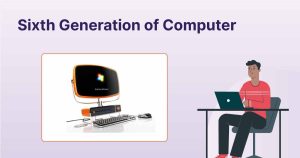
Here are the characteristics of the sixth generation:
- The sixth generation allows performing automation to a high degree without any commands from the user.
- The sixth generation computer can connect to all kinds of networks and network devices, to access the internet or share files.
- Ultra-reliable Extremely Low quiescence Dispatches (URLLC) is a major characteristic of the 6th generation that enables data to be transferred more efficiently and snappily.
- The sixth generation of computers allows the creation of a secure network that isn’t visible to other wireless or network devices, guarding sensitive information against hacking.
Advantages of Sixth Generation of Computers
Here are the advantages of the sixth generation:
- The sixth generation of computers offers improved physical connectivity through ADSL and fiber as they are the best source for providing high-speed internet.
- The sixth generation offers higher bandwidth than all previous generation. This allows for easier transmission of large data over the internet and file sharing.
- Because of the sixth generation, digitalization spread from desktops to various devices such as smartphones, TVs, watches etc. Thus, improving the lives of people.
Disadvantages of Sixth Generation of Computers
Here are the disadvantages of sixth generation:
- Increased vulnerability to hacking and sensitive data loss.
- Availability of false information and propaganda through misinformation and false news.
- Significant increase in cyber crime, such as cyberattacks, swindles, fake documents, identity theft etc.
- The promotion of social insulation, especially among youngish generation, leads to increased rates of depression and suicide.
Conclusion
Here’s the summary of all the data mentioned above:
- The sixth generation is the latest and most advanced stage of computer technology.
- it started around 2000 and is still ongoing, with some considering us still in the fifth generation due to ongoing AI development.
- Quantum computing, nanotechnology, AI, neural networks, wide area networking, natural language processing etc. are important characteristics of the sixth generation.
- The sixth generation may introduce new ways of interacting with machines, such as voice commands or AR, VR and MR technology.
- Examples of sixth generation devices include laptops, notebooks and mobile phones.
- Characteristics of the sixth generation include improved physical connectivity, higher bandwidth, digitalization across various devices etc.
- Disadvantages of the sixth generation include increased vulnerability to hacking and cyber crime, false information and propaganda, the promotion of social isolation etc.






